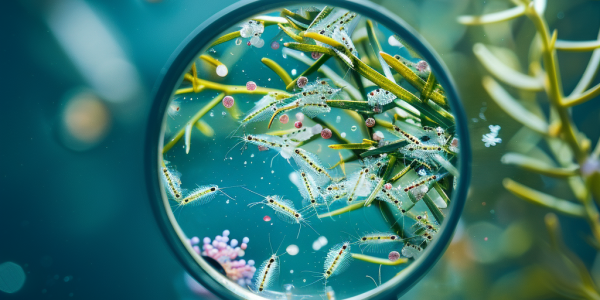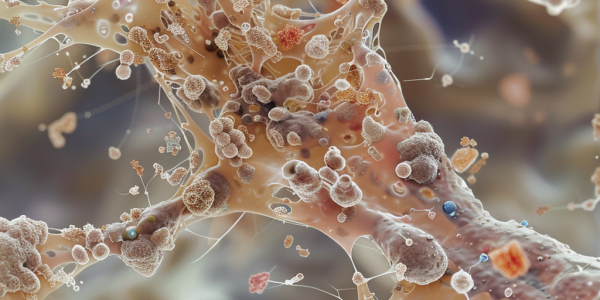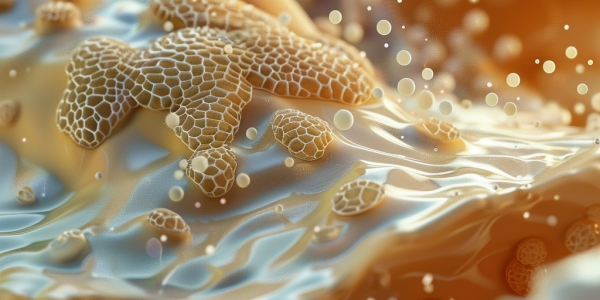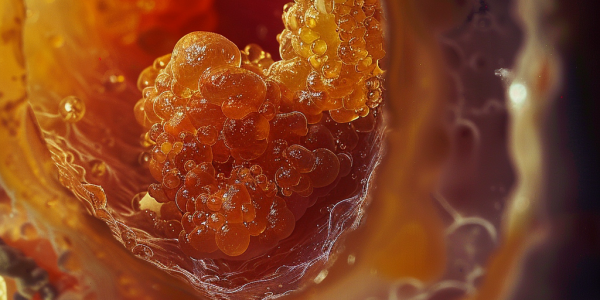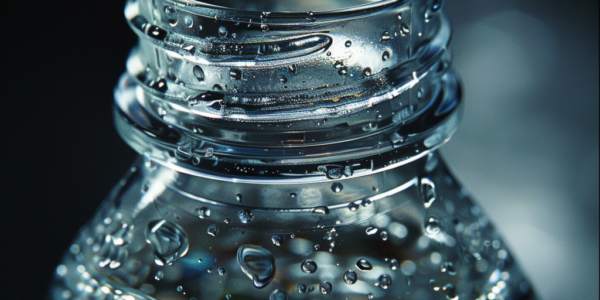Study Reveals Alarming Effects of Microplastics and PFAS on Aquatic Ecosystems
Recent research from the University of Birmingham reveals the alarming effects of microplastics and PFAS on aquatic ecosystems. Published in Environmental Pollution, the study shows that the combination of these pollutants leads to severe toxic effects on water fleas, highlighting the urgent need for further investigation and action to combat plastic pollution and harmful chemicals in our water systems.
Microplastics Found in Human Penises Raise Health Concerns
Groundbreaking study reveals microplastics found in human penises for the first time, raising concerns about potential health implications. Experts warn of infiltration into vital organs, with polyethylene terephthalate (PET) and polypropylene (PP) being common types detected. Further research needed to explore links to conditions like erectile dysfunction (ED) and determine potential pathology levels.
Study Reveals Link Between Micro- and Nanoplastics Exposure and Major Diseases
Recent research reveals a concerning link between human exposure to micro- and nanoplastics (MnPs) and major diseases such as cancer, diabetes, cardiovascular disease, and chronic lung disease. The study highlights the potential health risks associated with MnPs, especially in infants, and underscores the need for a global One Health approach to address plastic pollution and its impact on non-communicable diseases.
Microplastics Found in Blood Clots Raise Health Concerns
Recent studies have found microplastics in blood clots removed from arteries in the heart, brain, and legs, indicating a potential link between these particles and human health. The research, conducted in China, identified various types of microplastics in the blood clots, with concentrations varying among the samples. These findings raise concerns about the impact of microplastics on human health and highlight the need for further investigation.
Study Finds Plastic Toy Building Bricks Contribute to Microplastic Pollution
Recent research has revealed that plastic toy building bricks can contribute to microplastic and nanoplastic pollution within households and childcare settings. The University of Newcastle study found that playing with these bricks releases thousands of tiny particles, posing potential health risks. This highlights the need for caution and further investigation into the impact of these plastic particles on indoor environments.
Research Reveals Concerning Presence of Airborne Microplastics and Potential Health Risks
Recent research in Japan has revealed the presence of airborne microplastics, posing potential risks to human health. These particles, less than 5mm in length, can absorb toxic substances and enter the food chain. Experts like Hiroshi Okochi and Hiroshi Ono are studying the impact of microplastics on ecosystems and global warming, emphasizing the need for further investigation and mitigation strategies.
Innovative Microscale Robots Developed to Tackle Microplastics and Bacteria in Water Bodies
Learn how scientists are using microscale robots to tackle microplastics and bacteria in water bodies. These tiny spherical robots, designed to capture contaminants, show promising results in lab experiments. By mimicking natural swarms, these microrobots offer an innovative solution for cleaning up pollutants and protecting marine ecosystems.
Study Reveals Skin Absorption of Toxic Flame Retardants in Microplastics
Recent research has revealed the potential health risks associated with toxic flame retardants found in everyday items like plastics and electronics. The study showed that sweatier skin absorbs more cancer-causing chemicals known as PBDEs when in contact with microplastics, highlighting skin absorption as a concerning route for human exposure. This evidence underscores the need for regulators to address the risks of these substances, which have been linked to cancer and endocrine disruption.
Study Finds Microplastics in Human Gallstones, Raises Concerns
Recent study reveals that exposure to microplastics can worsen gallstone formation, with younger individuals showing higher levels of toxic substances. Microplastics, found in various environmental sources, have been linked to potential health risks like Parkinson’s disease and antibiotic resistance. Researchers stress the importance of reducing plastic usage to mitigate these risks.
Study Reveals Alarming Levels of Nanoplastics in Bottled Water
Groundbreaking study reveals alarming amount of nanoplastics in bottled water, posing potential health risks. Dr. Phoebe Stapleton co-authored the study, finding that each liter of water contains an average of 240,000 particles from seven different types of plastics, with nearly 90 percent being potentially dangerous nanoplastics. The study raises concerning questions about the impact of these particles on the human body, warranting further research and investigation into the safety of consuming water containing such high levels of plastic particles.

